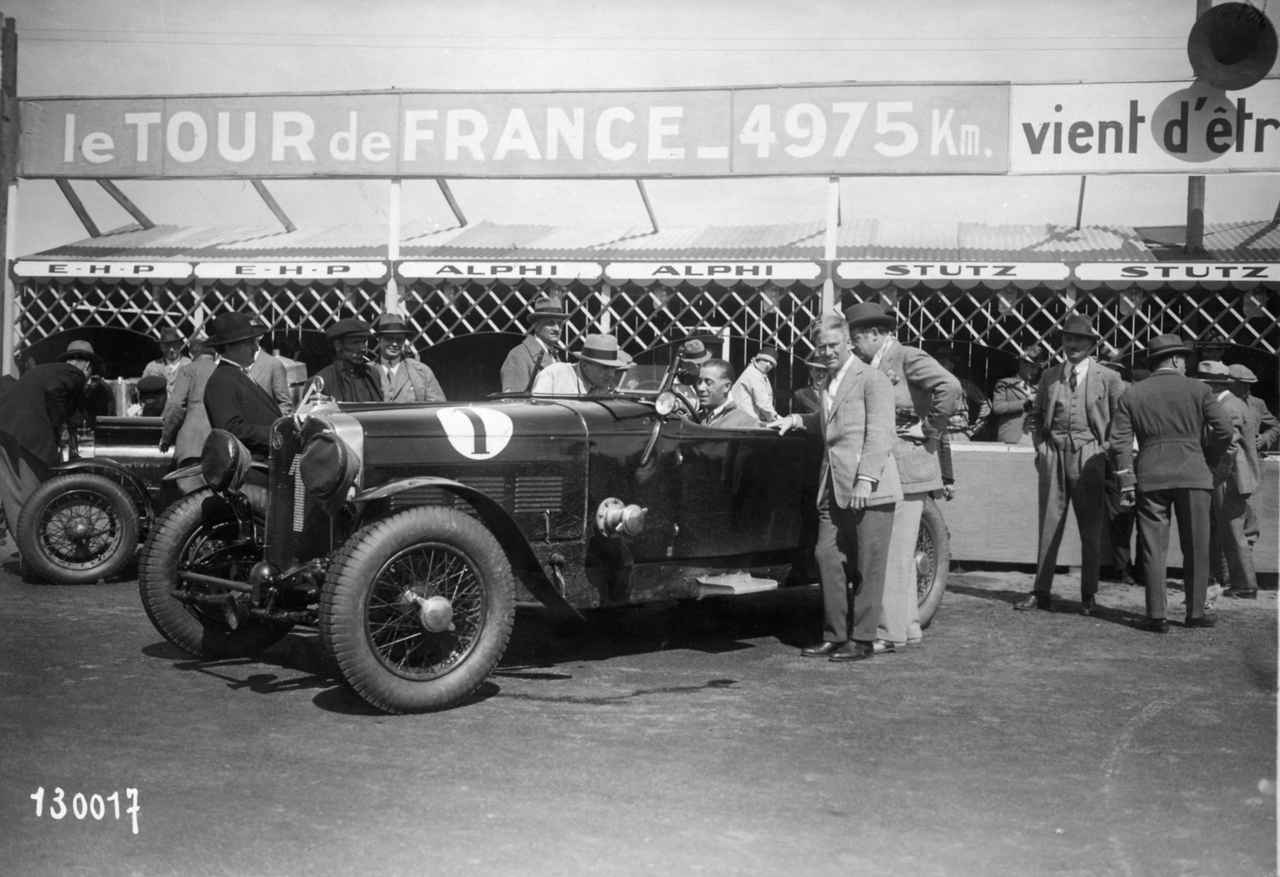The supercharged history of the turbo at the 24 Hours of Le Mans
24 Hrs CENTENARY – PERPETUAL INNOVATION ⎮ All through the background of the 24 Several hours of Le Mans, quite a few innovations introduced for the race have observed their way into day to day automobiles. The quest to enhance motor ability initial appeared in the late 1920s with compressors revolutionary the technology seen in today’s turbo systems.
The 1928 24 Hrs of Le Mans observed the arrival of forced induction in the condition of a compressor, bringing a distinct advancement in obtainable electricity. This addition so launched a difference among traditional, by natural means aspirated engines, and forced induction or supercharged engines.
An engine operates on an air/fuel mixture with a distinct ratio. To deliver more electrical power, the quantity of gasoline admitted have to be increased, and hence the amount of air far too. The most straightforward way to obtain this is by raising the displacement but constraints on the cubic potential of engines created into race rules limit the scope of action. Superchargers overcame this issue by rising the volume of air drawn into the motor by elevating stress from .8 to 1.5 bar. More gas could as a result be fed in while trying to keep the richness of the combination at a affordable amount, as a result boosting electric power.

Having said that, superchargers should be driven in get to compress the air. The variations developed in the 1920s and ’30s utilized the rotary motion of the crankshaft to generate a screw compressor or tooth compressor (with “tooth” rotors compressing the air inside of the supercharger). This gadget was significantly recognizable at the entrance of Bentleys, at the stop of the crankshaft, less than the radiator.
The edge of superchargers was that they could be used with any size of engine. French expert Cozette made use of the know-how with the Tracta’s 998 cm3 engine. It was approximated that supercharging resulted in 30{49e09b23eae7466ccc7574c19ebb3019301c9a11d2999feff81a3526451546a5} better displacement than the simple geometric displacement. Boosted by this technological know-how, Bentley, Mercedes and Stutz all created 200 horsepower by the end of the 1920s.
From the supercharger to the turbo
As superchargers are energetic even at small engine speeds, they are specifically powerful on acceleration. However, as the engine ‘s crankshaft powers the supercharger, it causes a decline of horsepower. They had been consequently abandoned following the 2nd Earth War in favour of much larger engines coupled with fuel injection programs.
By the mid-seventies, on the other hand, Porsche and Renault experienced designed a program to use squander exhaust gasoline electrical power with a smaller turbine to push a smaller blade-kind compressor. The turbocharger 1st appeared at the 24 Several hours of Le Mans in 1974 on a Porsche, just before the 1976-78 period made a sequence of turbocharged facial area-offs among the German maker and Renault.

Generations of engineers have labored to defeat the most important downside of this technologies: the reaction time on accelerating. This is for the reason that a big amount of money of hot gas is necessary to generate the turbine. Even so, on decelerating into a switch, the driver releases the throttle, minimizing the amount of exhaust gases and the force. For that reason, when accelerating out of the change, the turbine is jogging at minimal pace and tiny air is compressed. The turbocharger only becomes energetic yet again when engine velocity has crafted back again up.
Tremendous- and turbocharger technology has assisted limit the cubic capability of engines and for that reason the volume to be integrated into the chassis. The compact measurement of the latest era of engines is very revealing of the progress accomplished in this respect. Whereas they had been originally employed practically exclusively with monumental truck engines, turbo techniques now aspect on 1500 cm3 to 2-litre types – or even scaled-down engines on manufacturing automobiles. In the meantime, the ACO and the FIA keep on to work on the equivalences involving by natural means aspirated and super- or turbocharged engines, with multiplication things ranging from 1.4 to 2 according to technological developments. This coefficient signifies that a 1500 cm3 turbocharged engine with a multiplication factor of 2 corresponds to a 3000 cm3 engine.
Evening time at Le Mans has often held a specific sort of magic. The introduction of the turbo has additional further sparkle with the rear of the cars lit up by pink-warm turbos and exhaust pipes spitting out flames as they decelerate into the bends.
Pics: LE MANS (SARTHE, FRANCE), CIRCUIT DES 24 HEURES, 24 Several hours OF LE MANS – FROM Best TO Base (© ACO archives). A few shots capturing the changeover from the supercharger to the turbocharger: in 1930, the supercharger on the Bentley Blower of Henry Birkin/Jean Chassagne can be seen right here beneath the radiator in 1928, Robert Bloch/Edouard Brisson completed 2nd in the Stutz DV16 Blackhawk: the very best end result obtained by a US company until finally Ford’s maiden get in 1966 in 1976, the Porsche 936 of Jacky Ickx (at the wheel) and Gijs van Lennep became the initially turbocharged automobile to earn the 24 Hrs of Le Mans.





